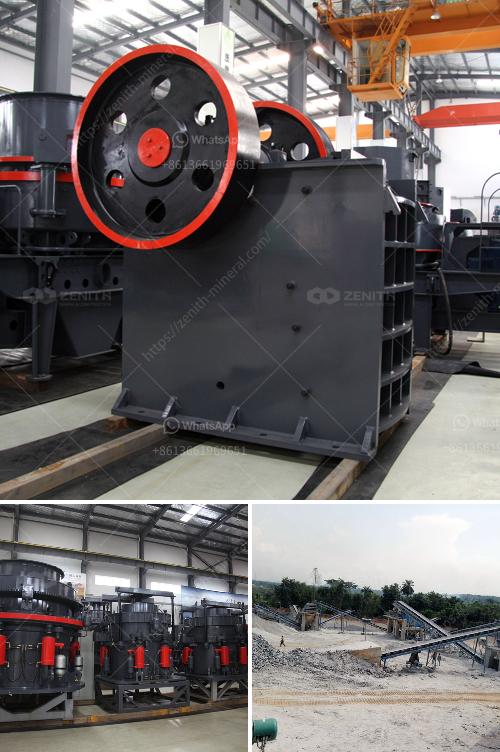Determining the fineness of dolomite involves measuring the particle size distribution of the material. Here's a detailed process to determine and achieve the target fineness:
Determining Fineness of Dolomite
-
Sampling:
- Collect a representative sample of the dolomite to be tested.
-
Particle Size Analysis:
- Sieve Analysis: Use a series of standard sieves with different mesh sizes to separate the dolomite particles by size. Weigh the material retained on each sieve and calculate the percentage distribution.
- Laser Diffraction: For more precise measurements, especially for finer particles, use a laser diffraction particle size analyzer.
- Sedimentation: Use sedimentation methods (like a hydrometer or Andreasen pipette method) for analyzing very fine particles.
-
Microscopic Analysis:
- Use a scanning electron microscope (SEM) or similar devices to observe and measure the finer particles.
Achieving Target Fineness
-
Grinding:
- Use grinding mills (ball mills, roller mills, or hammer mills) to grind the dolomite to the desired fineness.
- Control Variables: Adjust parameters such as grinding time, mill speed, and the type of grinding media to achieve the required particle size.
-
Classification:
- Employ air classifiers or cyclones to separate fine particles from coarser ones.
- Set up multiple stages of classification to enhance efficiency.
-
Quality Control:
- Continuously monitor the product during the grinding and classification process.
- Conduct regular particle size analysis to ensure consistency and adjust the process parameters as needed.
-
Optimization:
- Fine-tune the milling and classification equipment based on test results and operational feedback.
- Experiment with different types of mills or grinding media to find the most efficient combination.
By following these steps, you can determine the fineness of dolomite accurately and make adjustments to achieve the desired fineness for your specific application.

